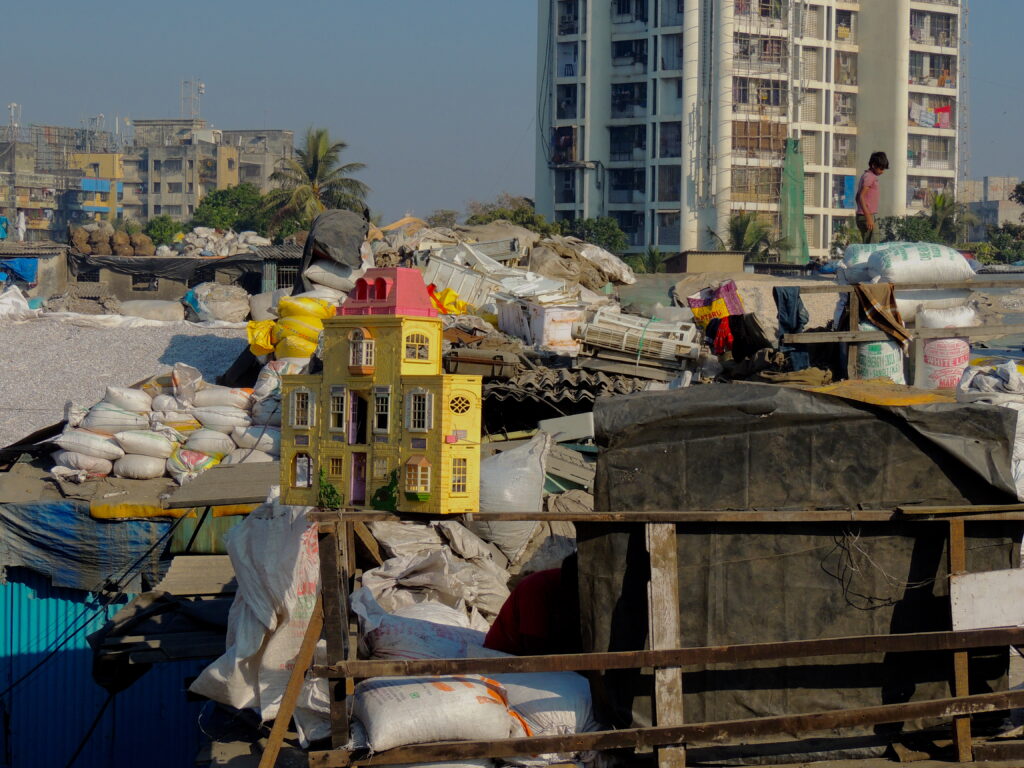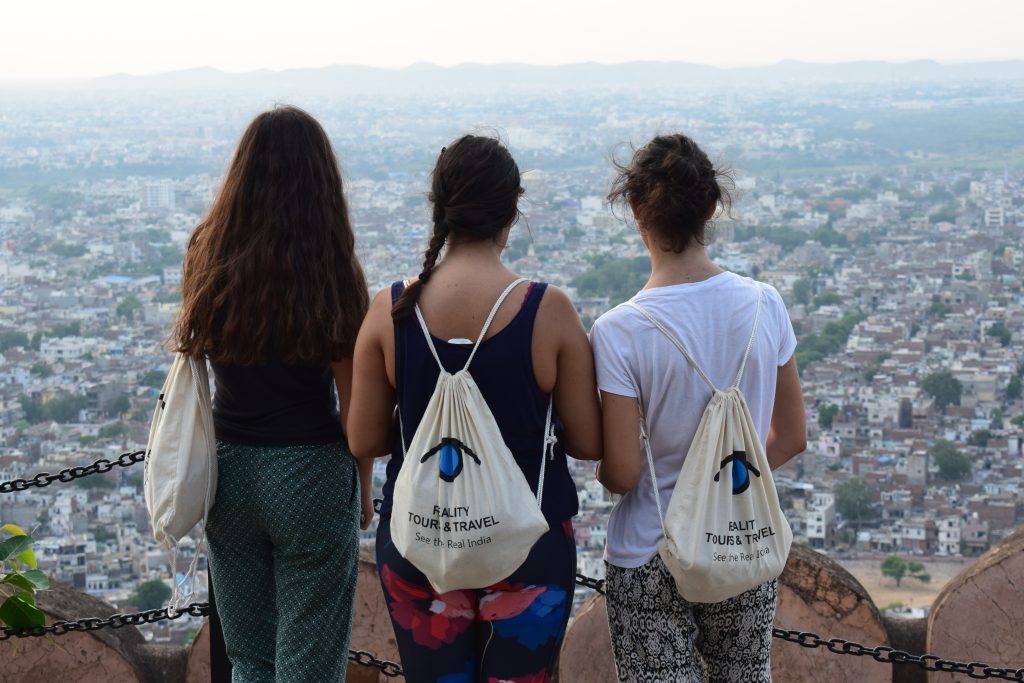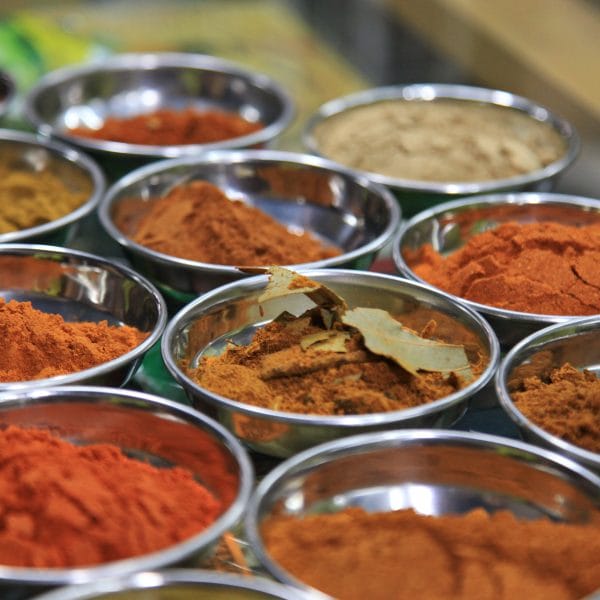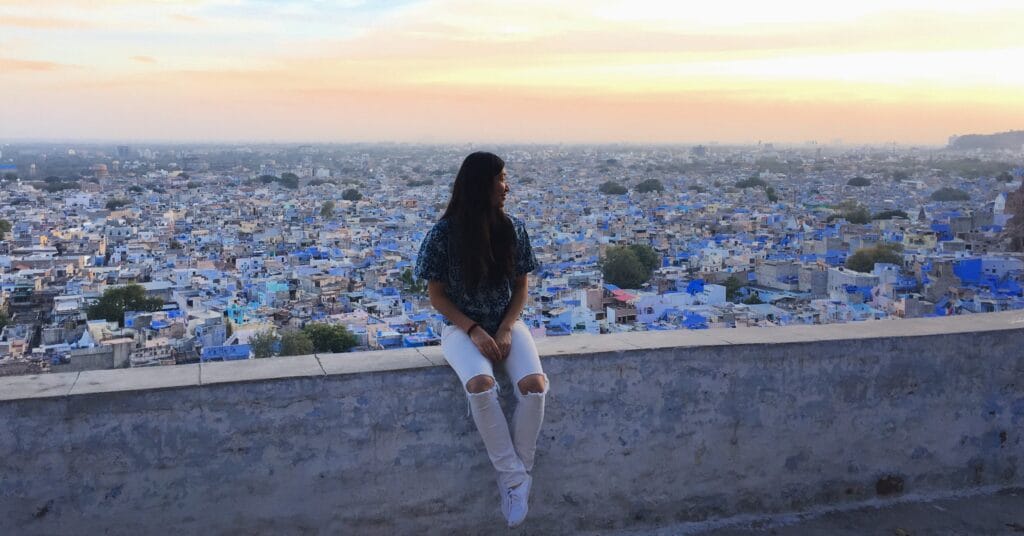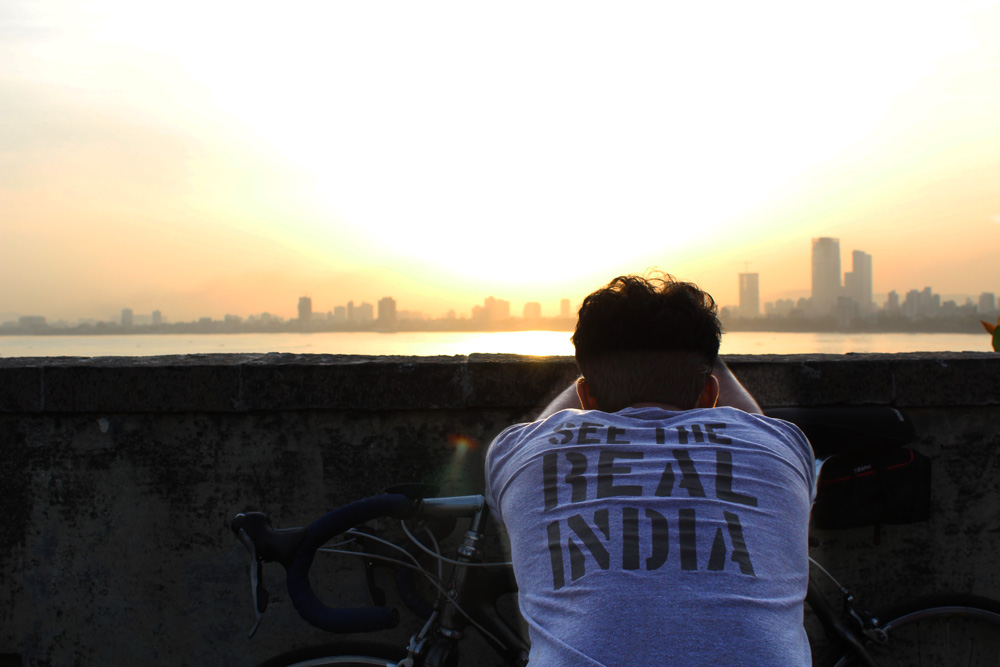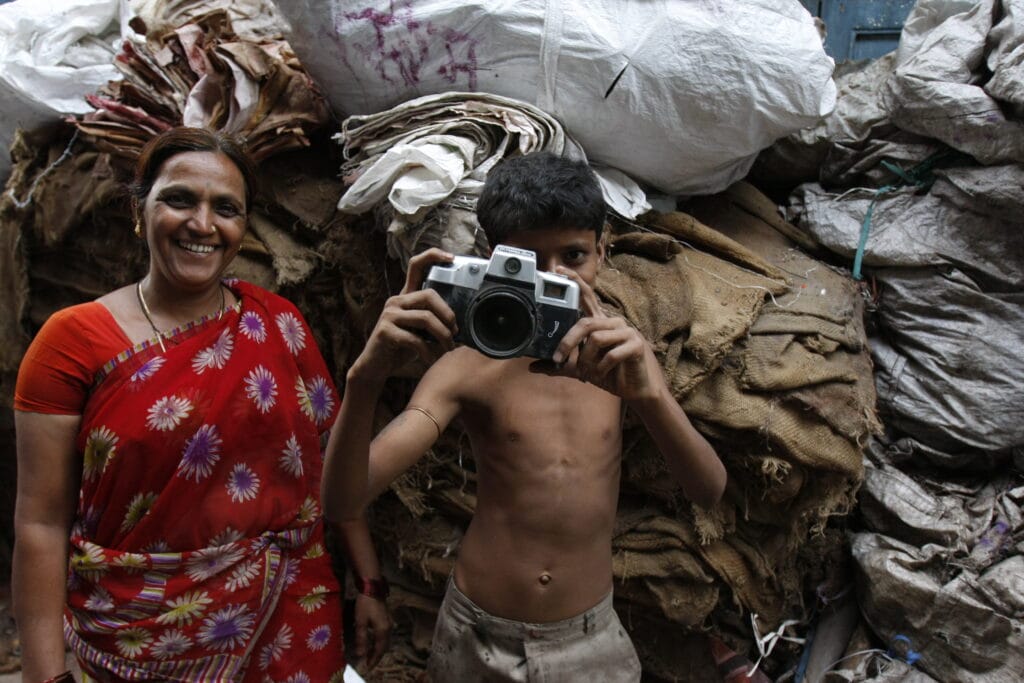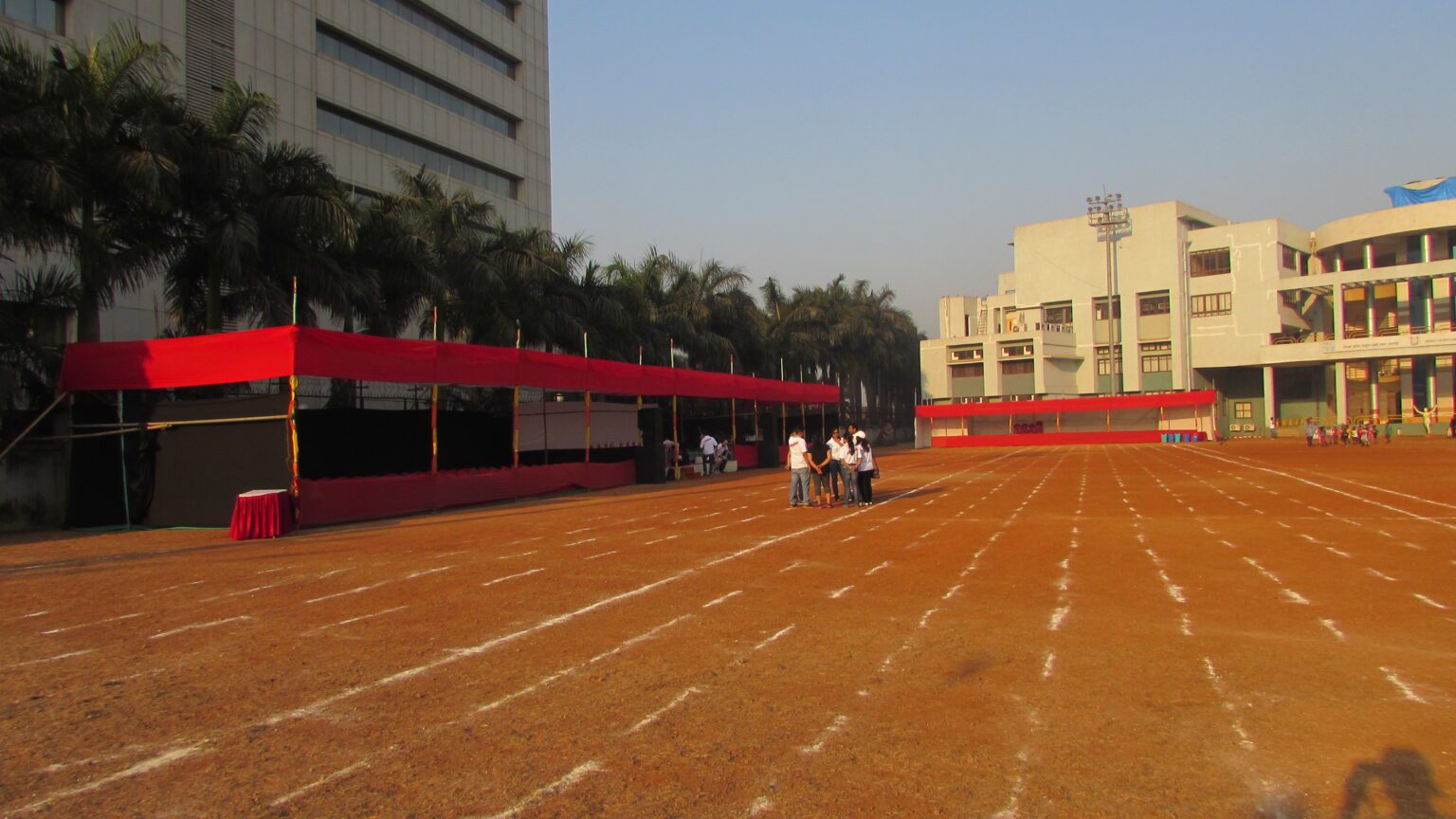In a loose replication of Portuguese adventurers centuries ago, over the last couple of weeks thousands of the world’s top athletes have been seeking precious metals in Brazil. However one country in particular is slightly conspicuous by its absence from the upper echelons of that ultimate game of temporary national one-upmanship, the Olympics medal table.
India collected their best ever medal haul of 6 at the last games in London and were hoping to improve upon that momentum this time round having brought their largest ever team. It was hoped the 2010 Commonwealth Games in Delhi might also kick-start a new generation inspired to improve their fitness and participation levels by seeing many of the world’s top athletes and comparatively unknown sports up close. Yet with the Olympics now over it appears India have headed backwards once more, having claimed a couple of medals only and no gold in Rio 2016.
So why does India struggle when it comes to sporting success and might we see it changing any time soon?
For many it is a simple case of priorities. Why should a country with extensive socio-economic, environmental and political issues overly concern itself with some sporting contest that occurs every four years? Jobs, health and education are what India needs to continue focusing on as its development aims. Major sporting nations tend also to be the major developed nations, with the luxury of having leeway to invest in sports and recreation infrastructure. India can pour funds into stadia, training facilities and sports marketing just as soon as its GDP starts to measure up thank you very much.
Yet whilst not without some validity of argument might this actually be more of a convenient excuse? Officially funding for sport in India is at a level higher than many nations who actually have greater levels of both participation and success in sports and recreation. All too familiar tales of bureaucratic ineptitude, corruption, and organisational inefficiency blight efforts. Not only affecting the chance for potential global sporting icons but the masses at grassroots level, where recreational sport is as much about fitness, social development and self-confidence as it is about standing on the top step of a podium. Sports participation in India remains very low and interest limited even for those with the spare time, resources and facilities to do so. The argument goes that Olympic success is a further representation amongst many others of the health of a nation in general, not just a few mega-athletes.
It’s not as if there is no base to work from. When you have a billion plus people that’s a lot of natural talent to be unearthed and as India’s middle class in particular continues to grow might it not travel along the same path as China. After all major sporting powers today such as Australia or Great Britain not so long ago had moderate success, lifted over a number of years with the onset of not just greater financial backing but professional coaching and more widely accessible facilities for the general population. With success comes more interest and increased sports membership levels, creating an upward positive cycle.
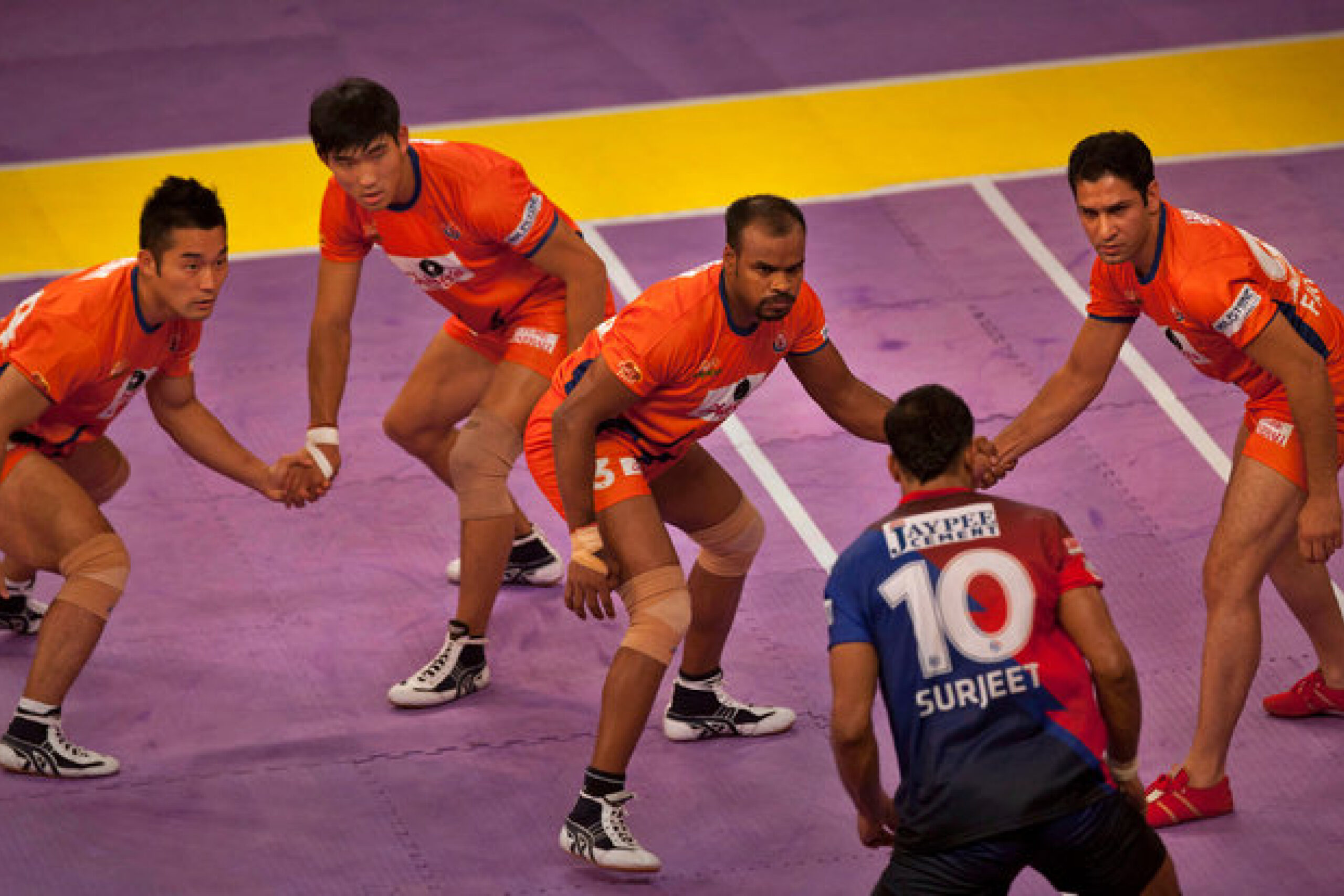
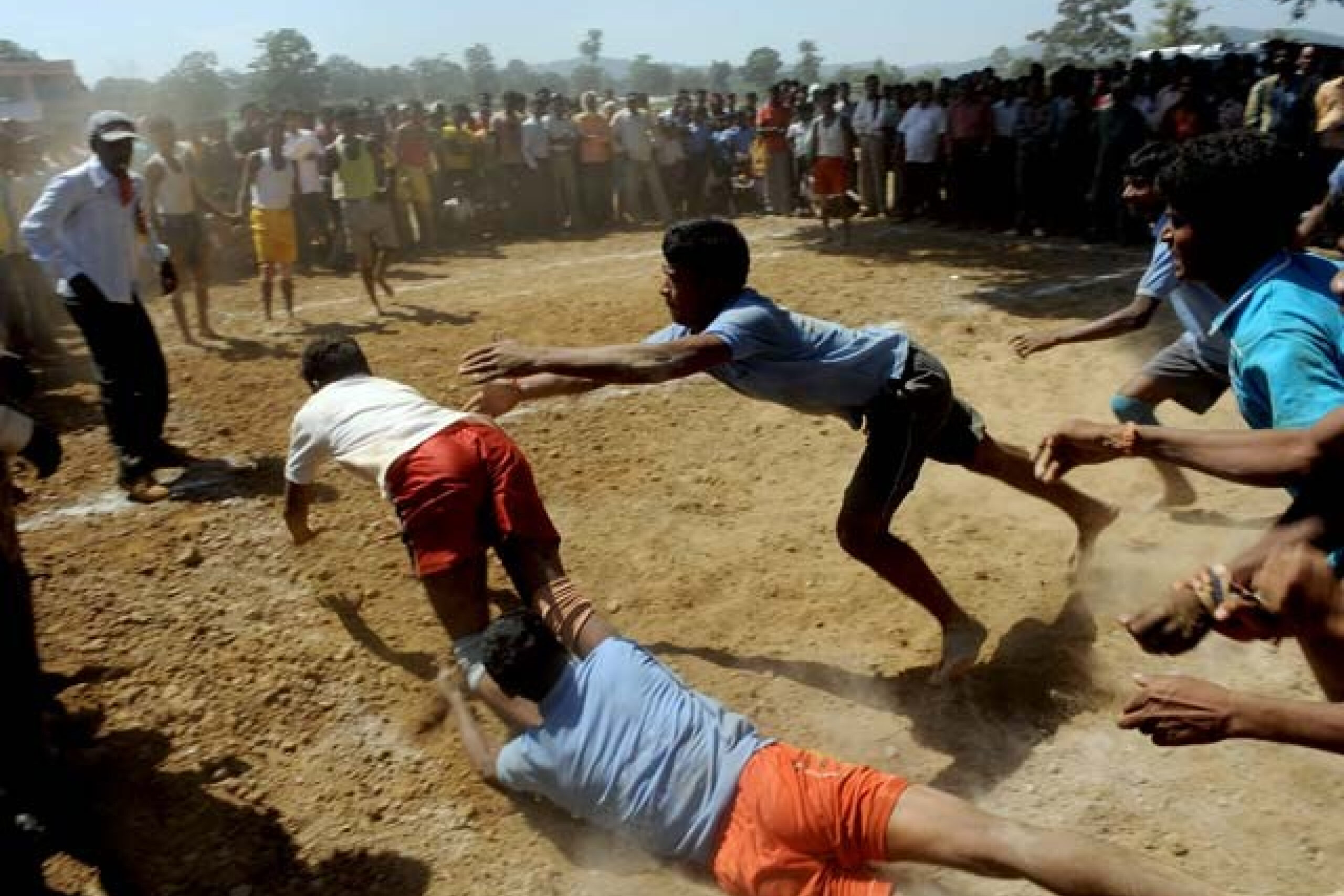
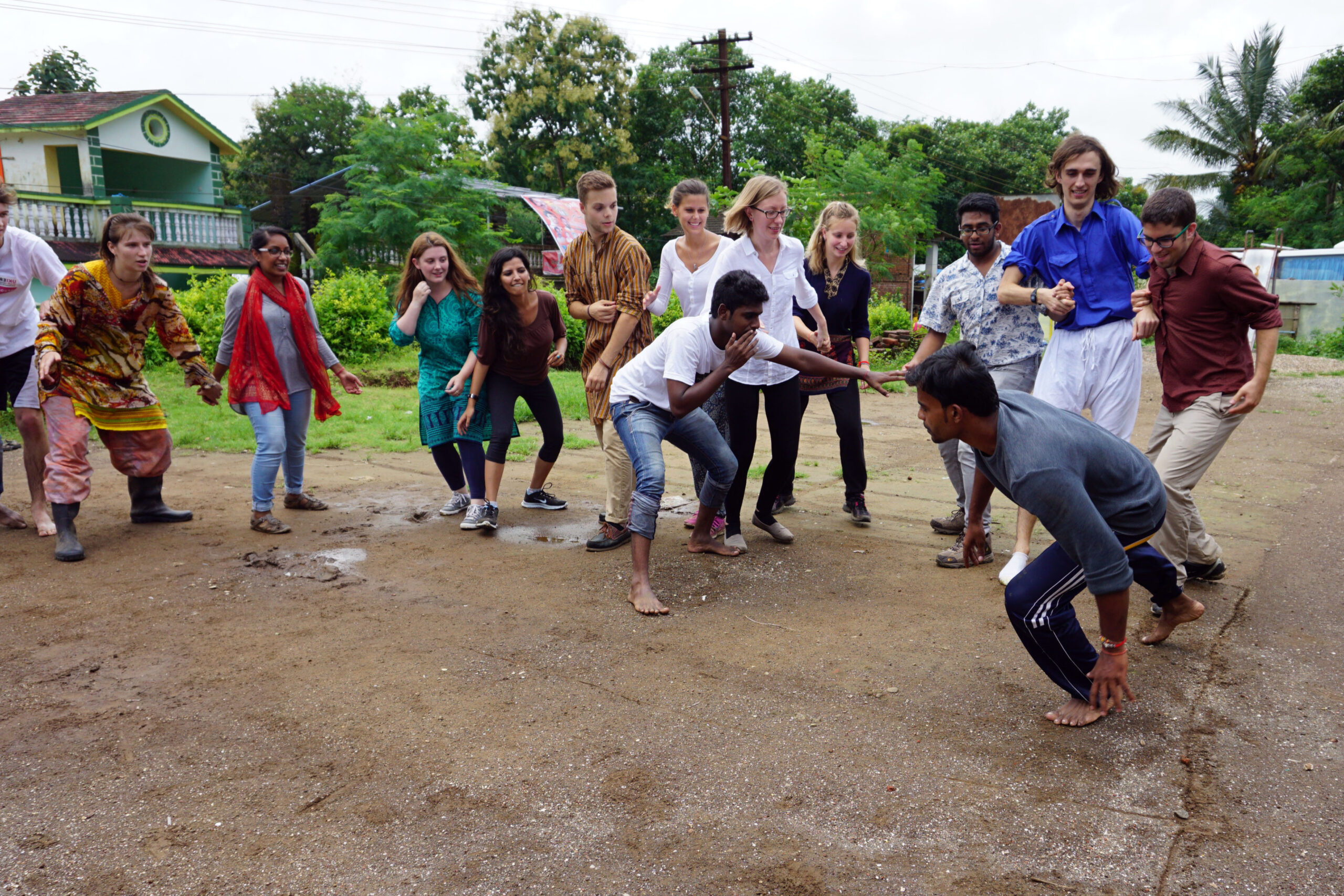
Some cite these countries not only have financial advantages but possess a deep-rooted sporting culture that India simply lacks. Yet traditional games in India are mentioned as far back as the ancient scriptures. The likes of Kabaddi, Kho-Kho, Kushti wrestling and Gilli-danda (widely considered the fore-runner of baseball) continue to be played socially in many parts of the country. Besides the dominant and ubiquitous cricket other popular sports such as tennis, badminton and field hockey came over with the British and have sizeable numbers of players nationally. Field hockey being India’s most successful sport globally and the source of 8 out of India’s 9 Olympic gold medals to date. I still remember during my school days being taught how to do the “Indian Dribble”, albeit with hands starting to freeze over and on an astro pitch that took great delight in keeping some of your skin as a souvenir at frequent intervals.
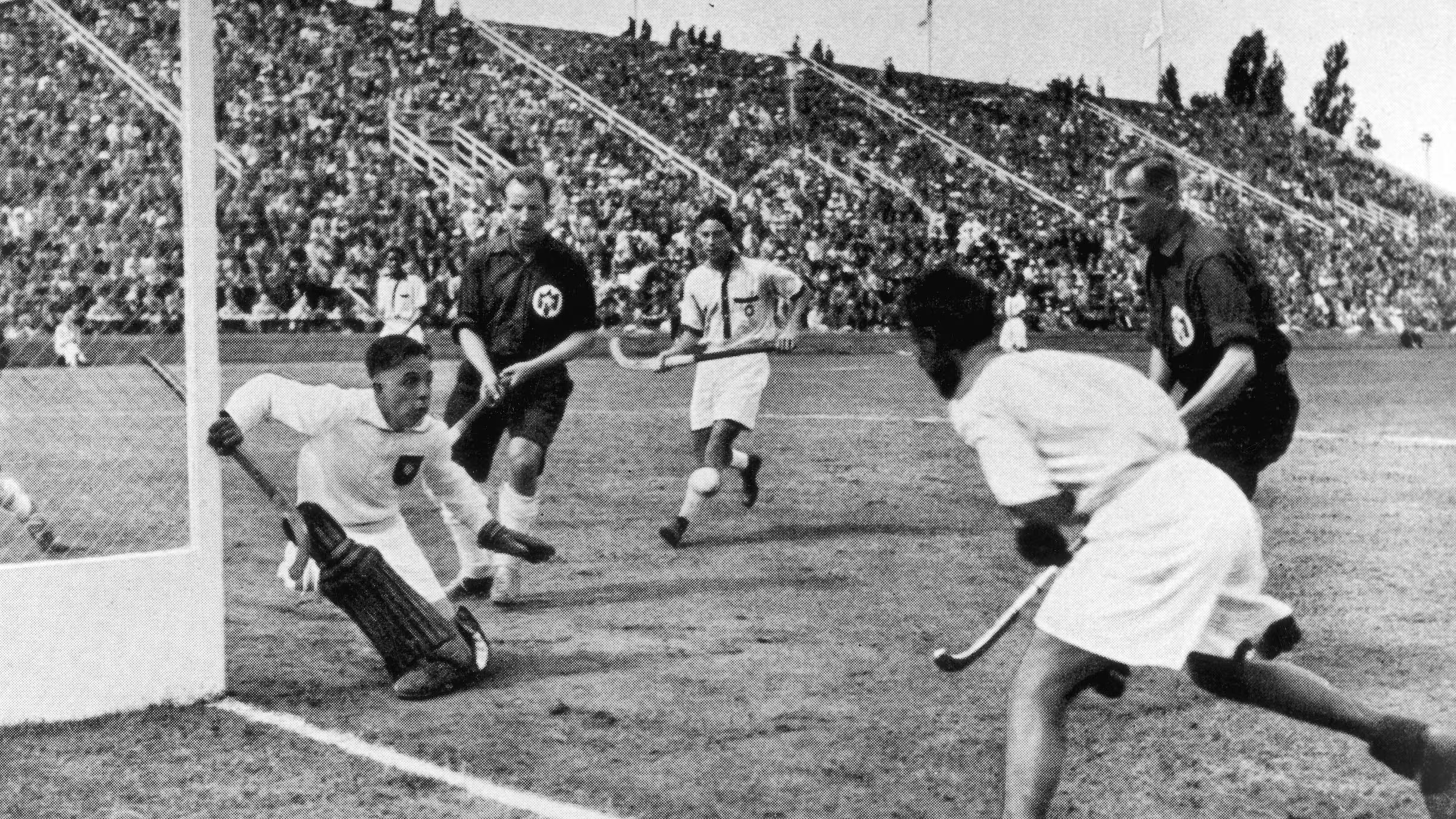
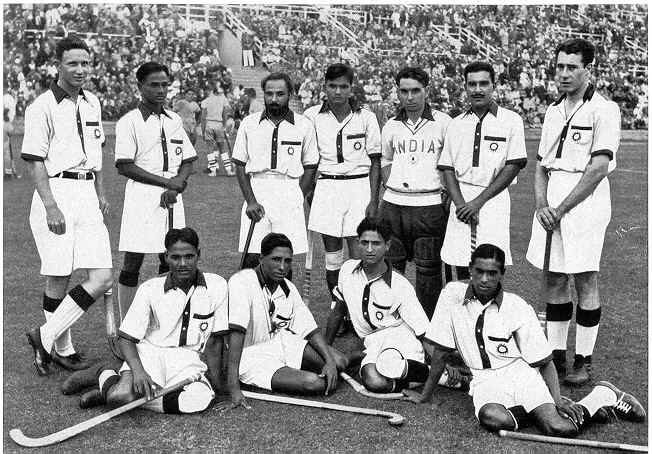
Some comment on the lack of professional leagues to act as ongoing motivation, the fact that levels of domestic competition neither inspire the average citizen nor prepare Indian sportsmen and sportswomen adequately for international events. National leagues have recently been inaugurated in a number of sports. Kabaddi, hockey, tennis and football all recently starting their own competitions with overseas stars in a desperate attempt to replicate the Indian Premier League cricket competition. Yet these are often short-term leagues not allowing fan bases to become entrenched and with the focus squarely on commercial success over any sense of creating a legacy for younger generations to take up. Bollywood stars instead of sporting icons brought in at great expense due to the need for overall sponsorship. Junior leagues are not in place to encourage youngsters to take part or poorly administered, often clubs are few and far between particularly outside of the major urban areas.
Little attention is given to the more qualitative advantages sport and recreation can bring. Not just national esteem and identity but also the encouragement of fitness within the general populace, the idea of healthy exercise in conjunction with better diet. I have seen first hand through our Dharavi Girls Football Academy Reality Gives how team sports can engender a sense of teamwork, unity and self-confidence, as well as be a catalyst to social change. It is not only world beaters who inspire and can act as role models.
To learn more about Dharavi and the inspiring community work happening there, read What I Learned From Two Years in Dharavi.
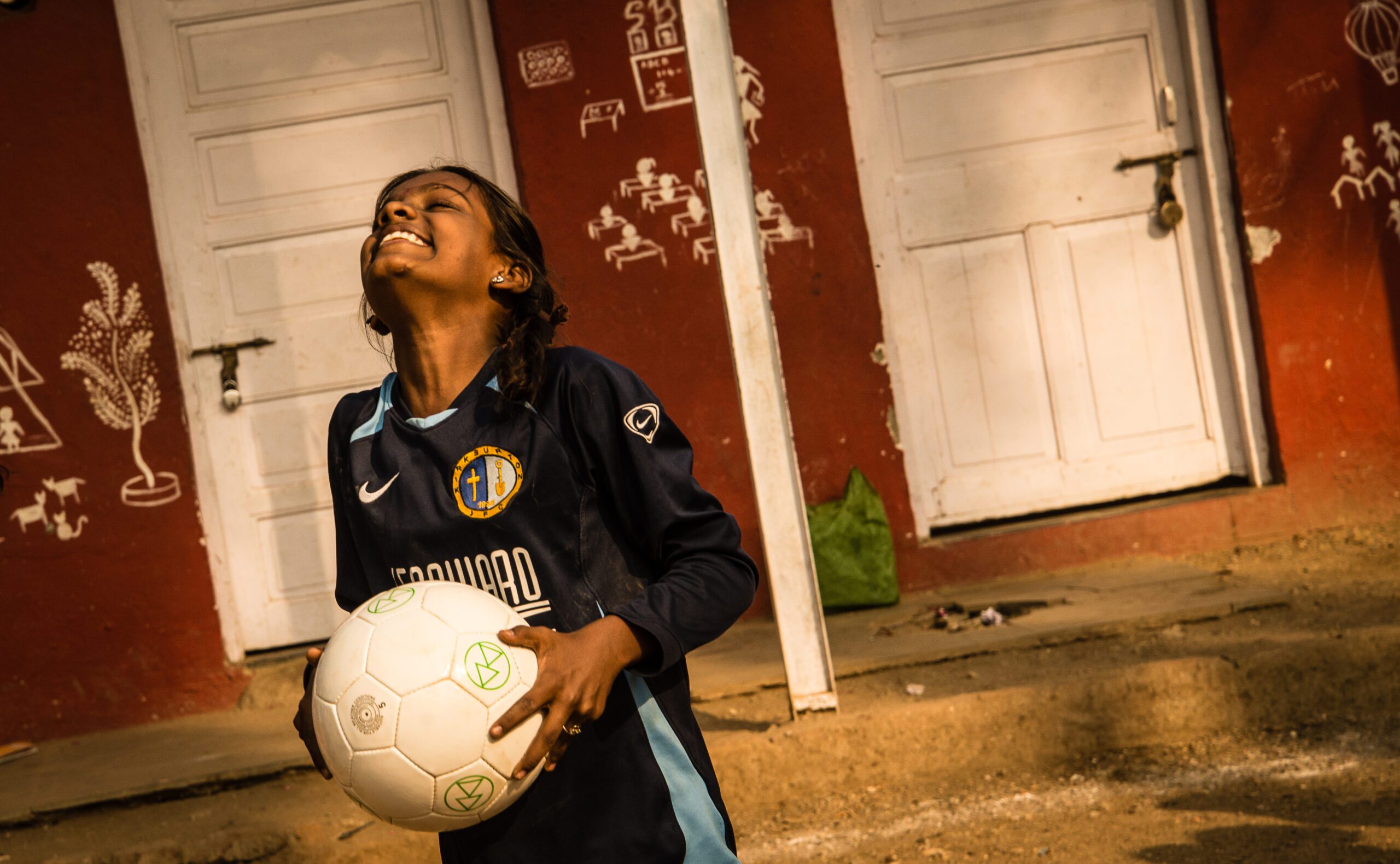
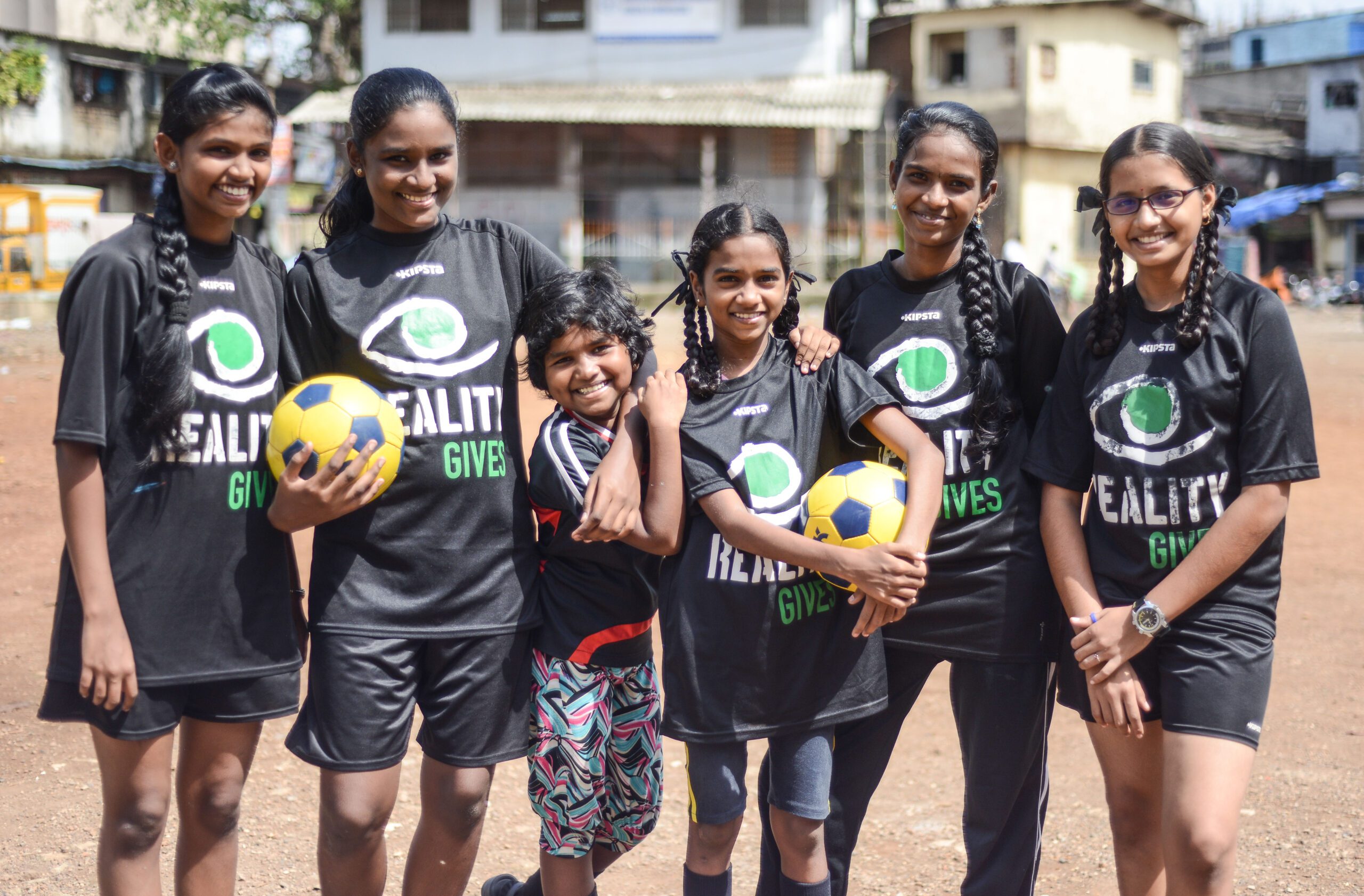
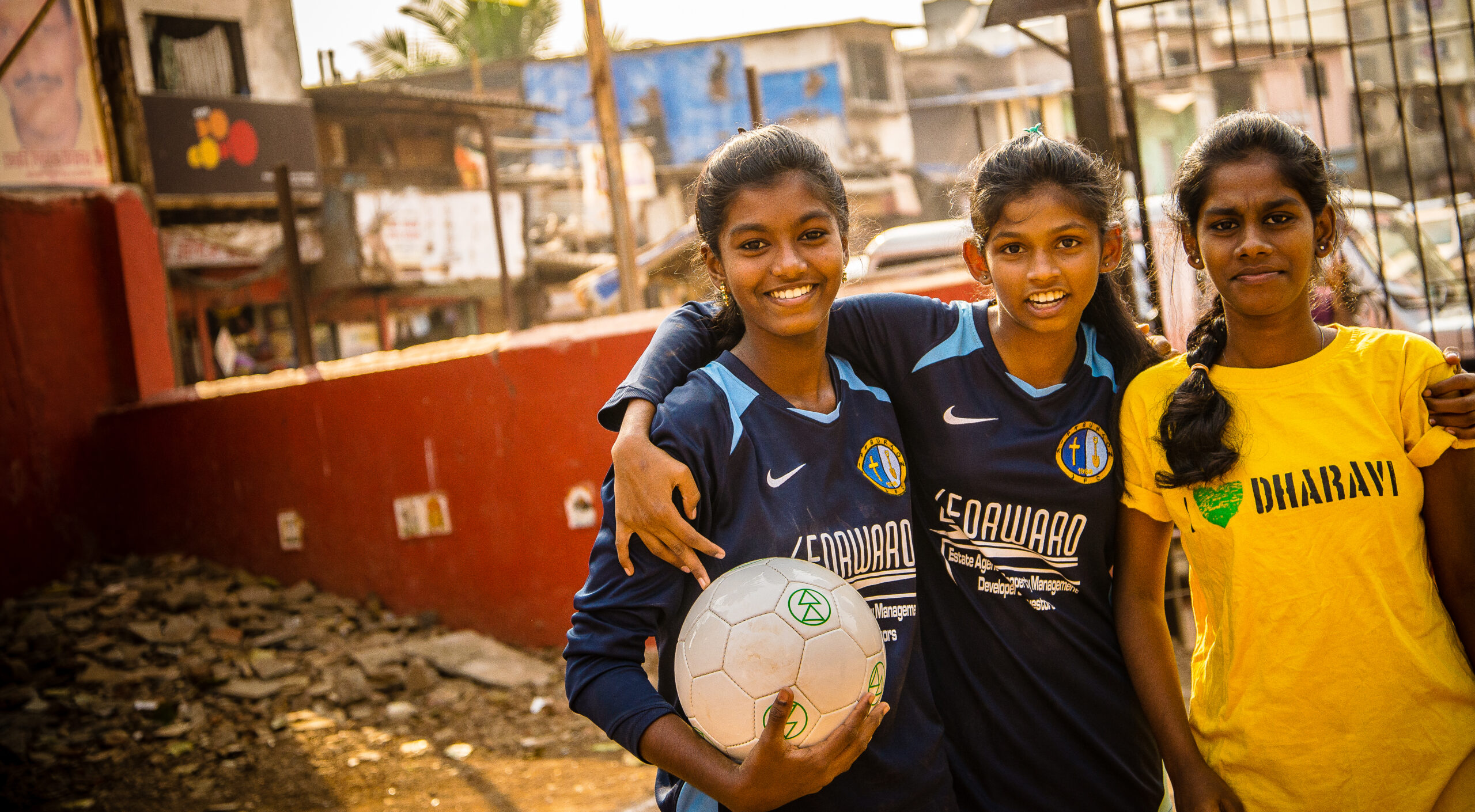
Sports clubs can aid greater cultural integration and cohesion. Female sports stars can be role models to girls all too often excluded from social recreation and help to further promote the debate on gender inequality and hopefully start to chip away at its presence. Paralympic athletes can help overcome archaic attitudes and stigma with regards to disability, inspiring those affected with similar issues. Sport can act as both a unifier and enabler.
If you’re planning to visit India and want to experience its rich culture and vibrant communities firsthand, check out our helpful guide on Planning Your India Trip.
However sport in India is not intrinsically linked to education to aid exercise for the masses, rarely being enforced as part of the curriculum let alone considered as a carrot to induce continued studies as in the college scholarship model in the United States. Sport as a leisure activity is rarely considered beneficial of itself and often derided as a waste of time, detrimental to more important family and work duties. Even amongst the more privileged the possible balance of physical and mental development in unison is rarely acknowledged with onerous levels of often repetitive and solitary academic study taking precedent.
Other aspects play a part. Poor levels of coaching, comparatively high levels of vegetarian diet restricting muscle growth conducive to certain sports and administrative disunity amongst the states amongst them. Until India provides the foundation for greater sporting access only the privileged or those who fight the tide are currently getting the opportunities they merit. A significant shift in the psyche of sport and its role within society will be required. If India starts getting it right however not only may its future generations benefit in physical, social and mental health but future medal tables may start to look a lot rosier also.
If you’d like to experience how fitness and fun can come together in an urban Indian setting, try our Mumbai Bicycle Tour. It’s a refreshing way to explore the city while embracing the spirit of active living.

